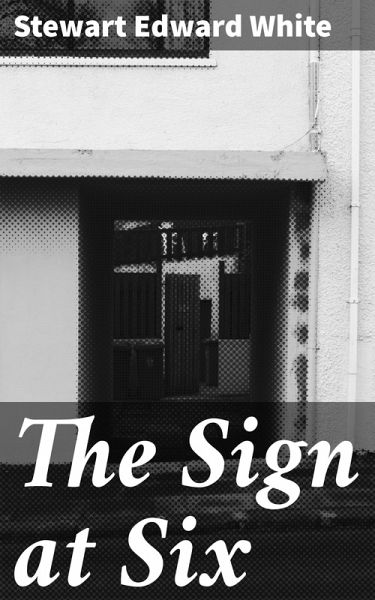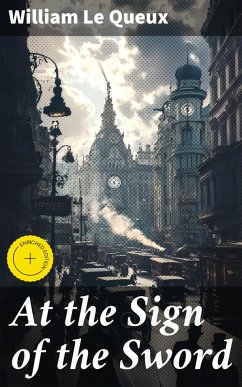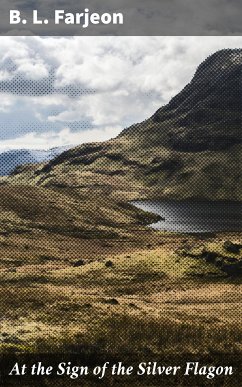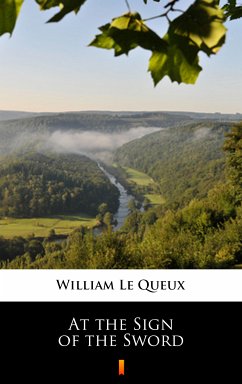
The Sign at Six (eBook, ePUB)
Enriched edition. A Journey Through the Wild West: Adventure, Loyalty, and Clash of Cultures in Early 20th-Century America
Kommentar: Dawson, Dean / Redaktion: Good Press

PAYBACK Punkte
0 °P sammeln!
In "The Sign at Six," Stewart Edward White crafts an engaging narrative that intertwines adventure, suspense, and the intricate dynamics of human relationships. Set against the backdrop of early 20th-century America, the novel delves into themes of loss, redemption, and the moral dilemmas faced by its characters. White employs a vivid and descriptive literary style, effortlessly guiding readers through the emotional landscapes and rugged terrains that shape the journey of its protagonist. The novel's context is reflective of a time when nature and civilization clashed, mirroring the internal c...
In "The Sign at Six," Stewart Edward White crafts an engaging narrative that intertwines adventure, suspense, and the intricate dynamics of human relationships. Set against the backdrop of early 20th-century America, the novel delves into themes of loss, redemption, and the moral dilemmas faced by its characters. White employs a vivid and descriptive literary style, effortlessly guiding readers through the emotional landscapes and rugged terrains that shape the journey of its protagonist. The novel's context is reflective of a time when nature and civilization clashed, mirroring the internal conflicts faced by individuals seeking purpose in a rapidly changing world. Stewart Edward White, an accomplished author and outdoorsman, drew from his own experiences in writing this work. His passion for exploration and a deep appreciation for the natural world informed his storytelling, allowing him to authentically portray the struggles and triumphs of his characters. White's background as a pioneering travel writer instilled in him a desire to capture the essence of the American landscape, immersing readers in the richness and perils of their environment. I highly recommend "The Sign at Six" to readers who appreciate a compelling narrative filled with rich settings and complex characters. White's skillful prose offers not only an exhilarating adventure but also profound reflections on the human condition, making it a poignant addition to any literary collection. In this enriched edition, we have carefully created added value for your reading experience: - A succinct Introduction situates the work's timeless appeal and themes. - The Synopsis outlines the central plot, highlighting key developments without spoiling critical twists. - A detailed Historical Context immerses you in the era's events and influences that shaped the writing. - A thorough Analysis dissects symbols, motifs, and character arcs to unearth underlying meanings. - Reflection questions prompt you to engage personally with the work's messages, connecting them to modern life. - Hand-picked Memorable Quotes shine a spotlight on moments of literary brilliance. - Interactive footnotes clarify unusual references, historical allusions, and archaic phrases for an effortless, more informed read.
Dieser Download kann aus rechtlichen Gründen nur mit Rechnungsadresse in A, B, BG, CY, CZ, D, DK, EW, FIN, F, GR, H, IRL, I, LT, L, LR, M, NL, PL, P, R, S, SLO, SK ausgeliefert werden.













